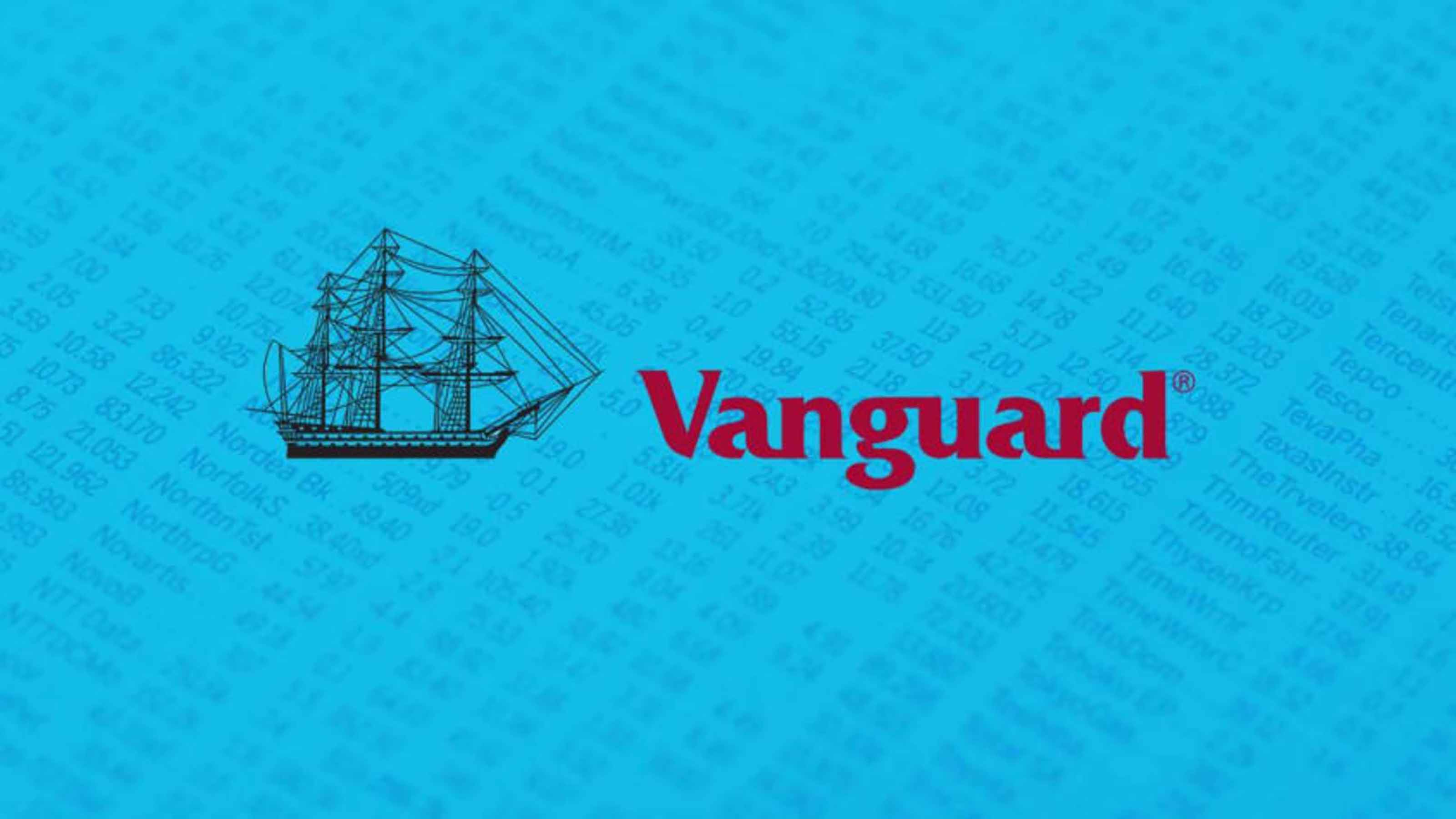FAQs About Required Minimum Distributions for Retirement Accounts
If you're older than 70½, the deadline for taking RMDs is New Year's Eve. Start the process now to beat the end-of-year rush—and to dodge the penalty for missing the deadline.

If you're older than 70½, you have until December 31 to take your required minimum distributions from your traditional IRAs and 401(k)s (you have until April 1 of the following year to take your first RMD). But many people wait until the last minute to take the required withdrawal: In early November, more than half of Fidelity's IRA customers had not yet taken their RMD for the year. If you don't take your required distribution by the deadline, you'll have to pay a 50% tax penalty for the amount you should have withdrawn. Here are answers to some questions to help you make sure you meet your deadline for IRA withdrawals, and some special rules for 401(k)s.
I know I have until December 31 to take my RMD, but when should I start initiating the process to give plenty of time for the RMD to be made?
It’s best to submit the request as soon as possible because call and request volume for financial service providers tend to be higher than usual at the end of the year, says Maura Cassidy, vice president of retirement for Fidelity Investments. Plus, if your transaction requires you to sell any holdings, that process can take time and can be delayed because the markets are closed during the holidays.
From just $107.88 $24.99 for Kiplinger Personal Finance
Become a smarter, better informed investor. Subscribe from just $107.88 $24.99, plus get up to 4 Special Issues

Sign up for Kiplinger’s Free Newsletters
Profit and prosper with the best of expert advice on investing, taxes, retirement, personal finance and more - straight to your e-mail.
Profit and prosper with the best of expert advice - straight to your e-mail.
Which of the investments in my IRA will the RMD be withdrawn from?
Ask your IRA administrator about your options. With Fidelity, for example, you can have a certain amount withdrawn from one or more investments you choose, or you can sell proportionally from all of them. If you choose to sell proportionally and 75% of your IRA is invested in mutual fund A and 25% of your IRA is invested in mutual fund B, then 75% of your required withdrawal will come from fund A and 25% will come from fund B.
If you specify a fixed percentage, the money will be withdrawn from the investments you choose. For example, if you elect to have 100% of the RMD withdrawn from a money market fund, only that investment will be tapped. You may want to shift money from other investments to the money market fund throughout the year and have dividends swept into that fund so that the money is available for the RMD, no matter what happens to your other investments over the short term.
I turned 70 in July 2016. Do I need to take an RMD from my traditional IRA this year or do I start next year?
The date of your first RMD is based on when you turn 70½, not 70. People who turn 70 between January and June turn 70½ in 2016, and they have to take their first RMD from their traditional IRAs this year (or they can wait until April 1, 2017, to take their first withdrawal, but they have to take their second withdrawal by December 31, 2017). But people who turn 70 between July and December 2016 don’t reach age 70½ until 2017. They’ll need to take their first required withdrawal in 2017 (or they can wait until April 1, 2018, to take that first withdrawal), and they will have to take their second withdrawal by December 31, 2018.
Are the RMD rules different for 401(k)s than for traditional IRAs?
A little. If you’re no longer working, you’ll have to take your required distributions from your 401(k) starting at age 70½, just like you would for traditional IRAs. But if you’re still working, you generally can delay taking required distributions from your current employer’s 401(k) until after you stop working in that job (unless you own 5% or more of the company).
Also, the calculation is slightly different for 401(k)s than it is for IRAs. To calculate your RMD, you add up the balances in all of your traditional IRAs as of the end of the previous year and divide the sum by the IRS life-expectancy factor for your age. You can take the required withdrawal from any one or more of your traditional IRA accounts (there are different rules for IRAs when the sole beneficiary is a spouse who is more than 10 years younger than you; see IRS Publication 590-B for details). With 401(k)s, on the other hand, you must calculate the RMD for each account and withdraw the required amount separately from each account. Some 401(k) administrators may automatically send you your RMD if you haven’t taken it by a certain date. Ask your 401(k) administrator about the rules for your plan.
Profit and prosper with the best of Kiplinger's advice on investing, taxes, retirement, personal finance and much more. Delivered daily. Enter your email in the box and click Sign Me Up.

As the "Ask Kim" columnist for Kiplinger's Personal Finance, Lankford receives hundreds of personal finance questions from readers every month. She is the author of Rescue Your Financial Life (McGraw-Hill, 2003), The Insurance Maze: How You Can Save Money on Insurance -- and Still Get the Coverage You Need (Kaplan, 2006), Kiplinger's Ask Kim for Money Smart Solutions (Kaplan, 2007) and The Kiplinger/BBB Personal Finance Guide for Military Families. She is frequently featured as a financial expert on television and radio, including NBC's Today Show, CNN, CNBC and National Public Radio.
-
 How to Safely Open an Online Savings Account
How to Safely Open an Online Savings AccountOnline banks offer generous APYs that most brick-and-mortar banks can't match. If you want to make the switch to online but have been hesitant, I'll show you how to do it safely.
-
 7 Ways to Age Gracefully Like the Best Stock Photo Seniors
7 Ways to Age Gracefully Like the Best Stock Photo SeniorsAs a retirement editor, I've gleaned valuable wisdom (and a lot of laughs) from one older couple that tops the seniors' stock photo charts.
-
 My First $1 Million: Banking Executive, 48, Southeast U.S.
My First $1 Million: Banking Executive, 48, Southeast U.S.Ever wonder how someone who's made a million dollars or more did it? Kiplinger's My First $1 Million series uncovers the answers.
-
 Best 401(k) Investments: Where to Invest
Best 401(k) Investments: Where to InvestKnowing where to find the best 401(k) investments to put your money can be difficult. Here, we rank 10 of the largest retirement funds.
-
 How to Find the Best 401(k) Investments
How to Find the Best 401(k) InvestmentsMany folks are likely wondering how to find the best 401(k) investments after signing up for their company's retirement plan. Here's where to get started.
-
 Now You Can Own Bitcoin in 401(k)s. Should You?
Now You Can Own Bitcoin in 401(k)s. Should You?cryptocurrency Fidelity will begin allowing investors to put Bitcoin in their 401(k)s. But is this retirement vehicle the right place to hold crypto?
-
 Seven Reasons to Avoid a Self-Directed IRA
Seven Reasons to Avoid a Self-Directed IRAself directed IRA Self-directed IRAs let investors do things they can't in an ordinary IRA, like invest directly in alternative assets. But this opportunity also comes with these risks.
-
 The Best American Funds for 401(k) Retirement Savers
The Best American Funds for 401(k) Retirement Saversmutual funds American Funds has 13 actively managed mutual funds among the 100 most popular 401(k) offerings. We look at the best American Funds in that group … as well as some of the laggards.
-
 The Best T. Rowe Price Funds for 401(k) Retirement Savers
The Best T. Rowe Price Funds for 401(k) Retirement SaversKiplinger's Investing Outlook A dozen T. Rowe Price mutual funds enjoy a place among the nation's most popular 401(k) retirement products. Find out which ones are worth your investment dollars.
-
 The Best Vanguard Funds for 401(k) Retirement Savers
The Best Vanguard Funds for 401(k) Retirement Saversmutual funds Vanguard funds account for roughly a third of the 100 most popular 401(k) retirement products. We rank Vanguard's best actively managed funds, including its target-date solutions.
-
 Retirees, Pick the Perfect Financial Planner
Retirees, Pick the Perfect Financial PlannerFinancial Planning When you’re trying to get a handle on your money, from investments and savings to figuring out retirement and preparing for your future, you might need help from an expert in the financial planning world.